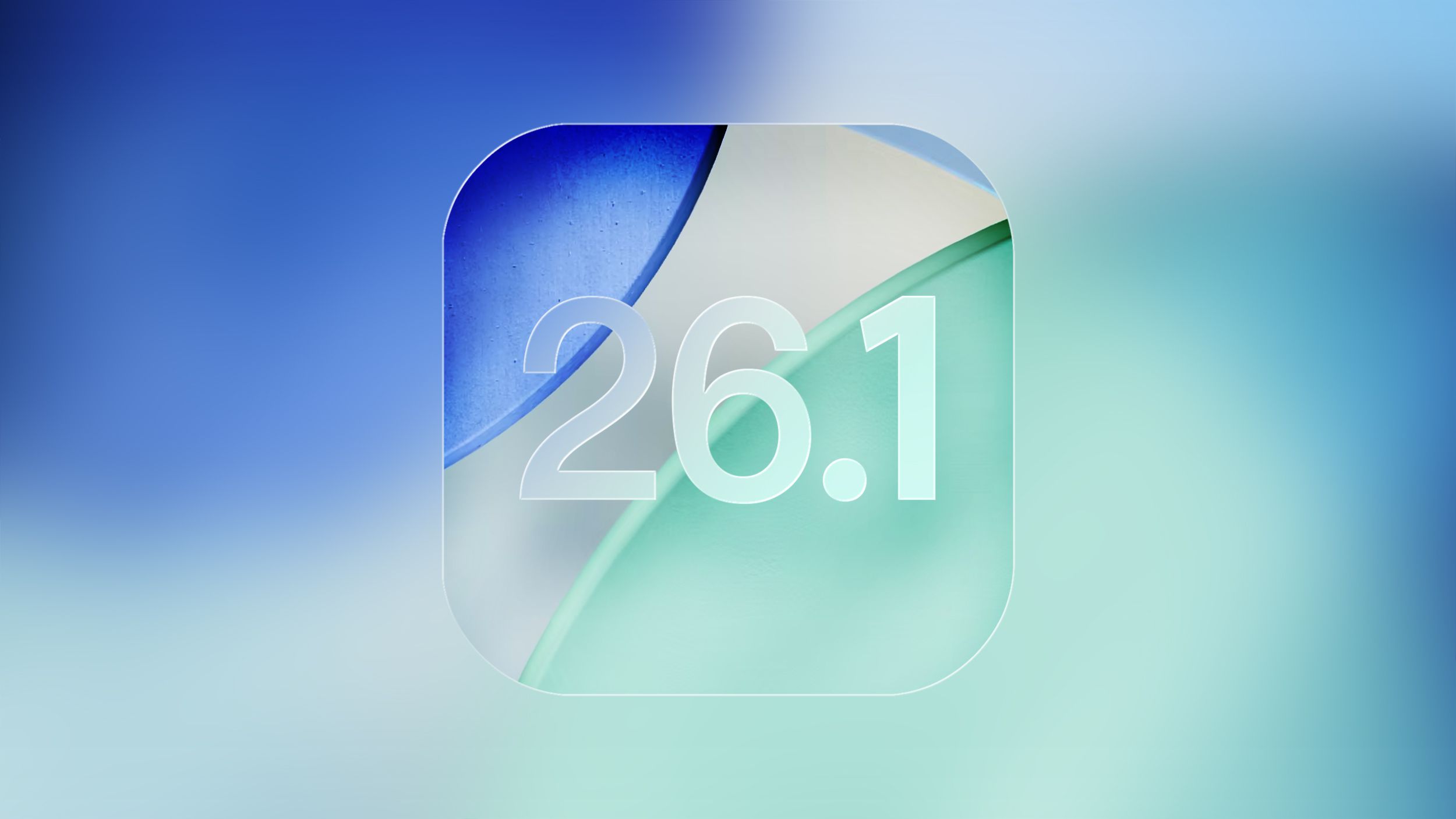Apple’s run of hardware experiments appears to be hitting some turbulence: The company’s ultra-thin iPhone Air has reportedly failed to catch on with buyers, while its long-awaited foldable iPad is slipping further down the calendar amid engineering snags and soaring costs.
According to Apple analyst Ming-Chi Kuo, demand for the iPhone Air has fallen well short of expectations. Suppliers are said to be cutting production capacity by more than 80 percent between now and early 2026, with some components to be discontinued entirely before the end of the year.
Kuo argues the weak sales show that Apple’s standard and Pro models already satisfy most high-end buyers, leaving little appetite for a thinner phone that trims features along with weight. Analysts from Japan’s Mizuho Securities are said to have come to a similar conclusion, while Taiwan’s Nikkei Asia reports that Apple has cut production of the iPhone Air to nearly “end of production” levels after weaker-than-expected demand.
The iPhone Air launched as part of the iPhone 17 lineup last month. Billed as the thinnest handset Apple has ever made – at just 5.6mm thick – it was pegged as a replacement for Apple’s short-lived Plus model.
Despite its titanium frame and $999 price tag, the Air’s appeal appears to have been mostly cosmetic. Even iFixit, which gave the phone a respectable repairability score of 7 out of 10, noted that “thinner often means flimsier,” and that the iPhone Air was more a marvel of smartphone engineering than a meaningful upgrade for consumers. A survey by KeyBanc Capital Markets this week found there is “virtually no demand” for the device – a somewhat blunt assessment of Cupertino’s latest design experiment.
Apple’s other hardware gamble, an 18-inch foldable iPad, doesn’t appear to be faring much better. Bloomberg reports that the device, initially planned for 2028, may now slip to 2029 or later as engineers wrestle with the weight and complexity of the foldable display.
Early reports described the design as resembling two iPad Pros lying side by side, while more recent accounts suggest the device folds shut like a MacBook and opens out into an 18-inch display that offers roughly the same screen space as a 13-inch laptop.
Apple has worked with Samsung Display to try to minimize the fold crease, which is a common issue with existing foldables. However, reports suggest the results remain both heavy and costly, with prototypes weighing around 3.5 pounds (1.6kg) – roughly the same as a MacBook Pro and nearly triple the heft of this year’s iPad Pro.
The price is also reported to have climbed from an early projection of $3,000 to around $3,900, placing it well above Huawei’s MateBook Fold, a similar 18-inch model that sells for about $3,400 in China. Huawei’s machine, however, features a Kirin X90 chip built on China’s two-year-old 7nm process – a reminder that China remains several generations behind Western fabs. By contrast, Apple’s collaboration with Samsung keeps it tied to the cutting edge but at a much higher cost in both engineering and price. ®
Source link


